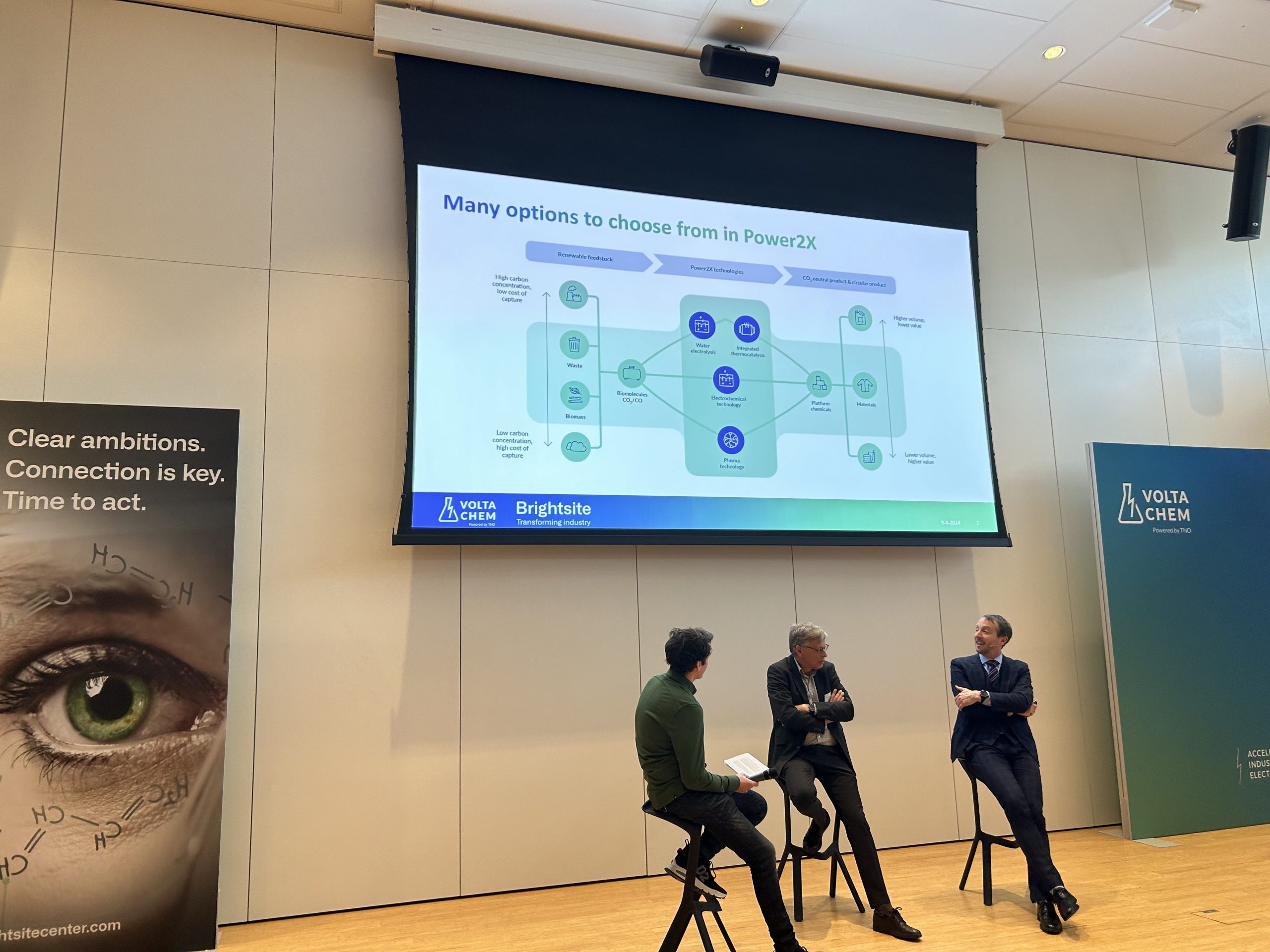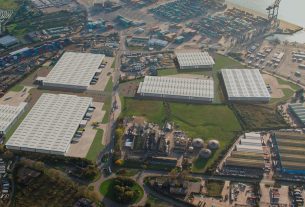The Netherlands – About 100 people attended the TNO VoltaChem annual event today at the Brightlands Chemelot Campus in Geleen discussing the latest developments in industrial electrification. This year’s event focused on scaling-up water electrolysis and carbon capture and utilization (CCU) value chains.
Staying within the 1.5 degrees global heating scenario requires a simultaneous energy- and feedstock transition. There was a high level of consensus between the speakers at the event that this requires to grow renewable power generation, electrify what can be electrified and create market demand for renewable hydrogen, fuels and feedstocks.
Timing and location
When it comes to the energy transition it is all about timing. For example the forecast by IRENA for the hydrogen demand forecast for 2050 is declining due to partial substitution by (cheaper) direct electrification options. For CCU the puzzle is even more complex as both green hydrogen and carbon dioxide sources need to be available at the right price and location. Countries like Brazil having already a 93% renewable electricity grid and biogenic carbon sources seem to have a competitive position for CCU.
Key takeaway
Demand for renewable hydrogen, fuels and feedstocks needs to be created as these products are substantially more expensive than their fossil counterparts. It requires clear regulations and incentives for these markets to scale for impact.




